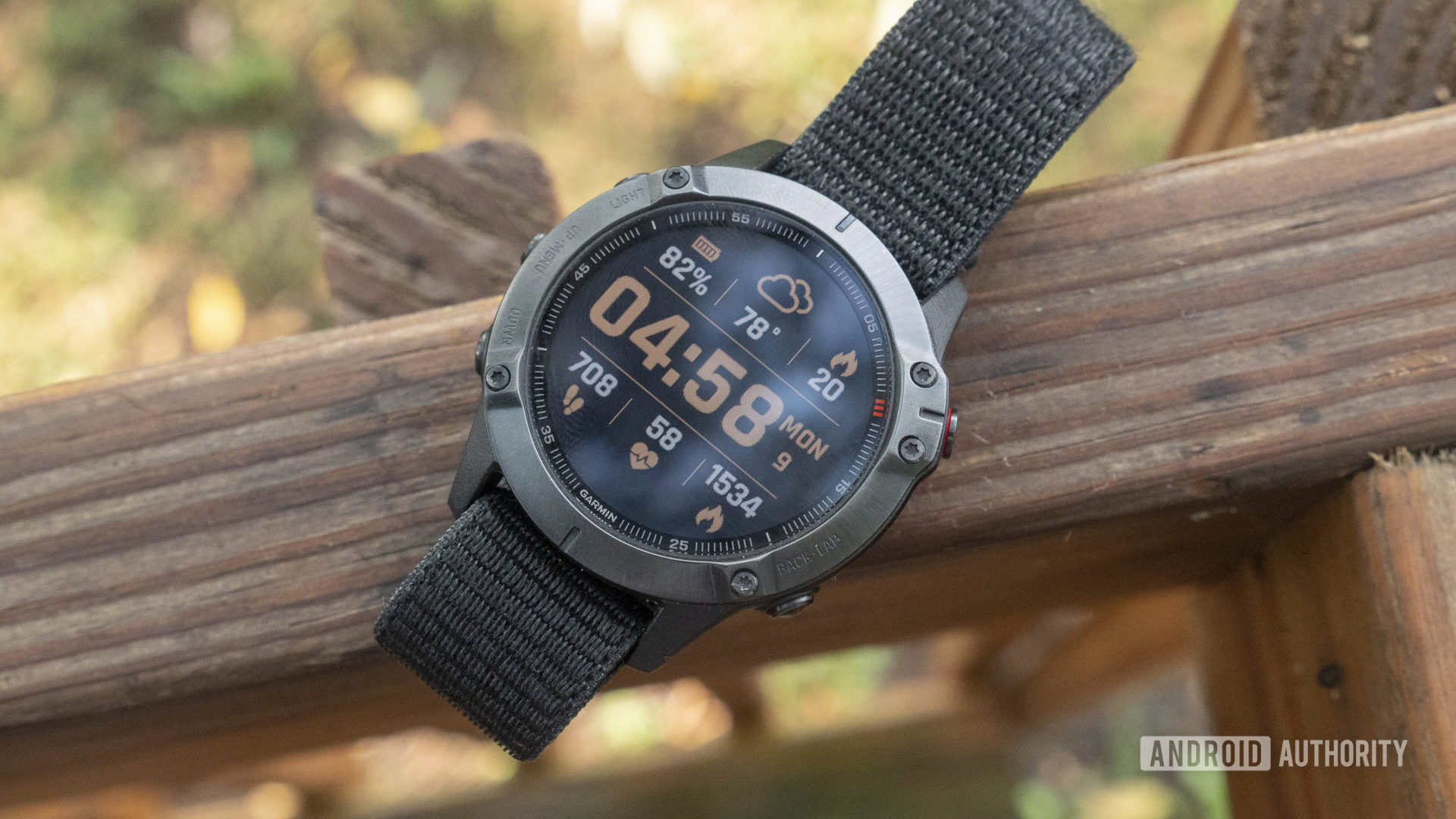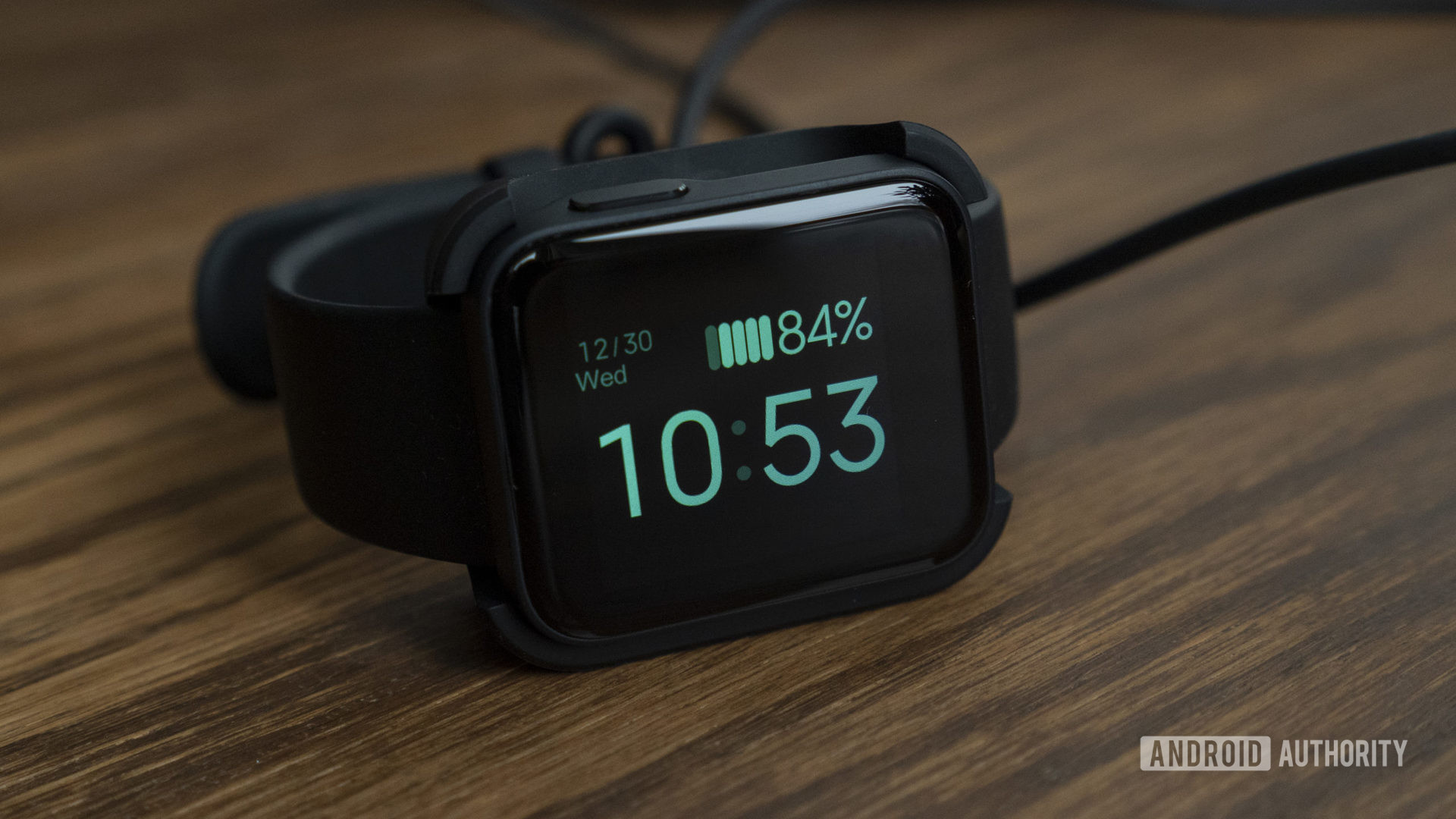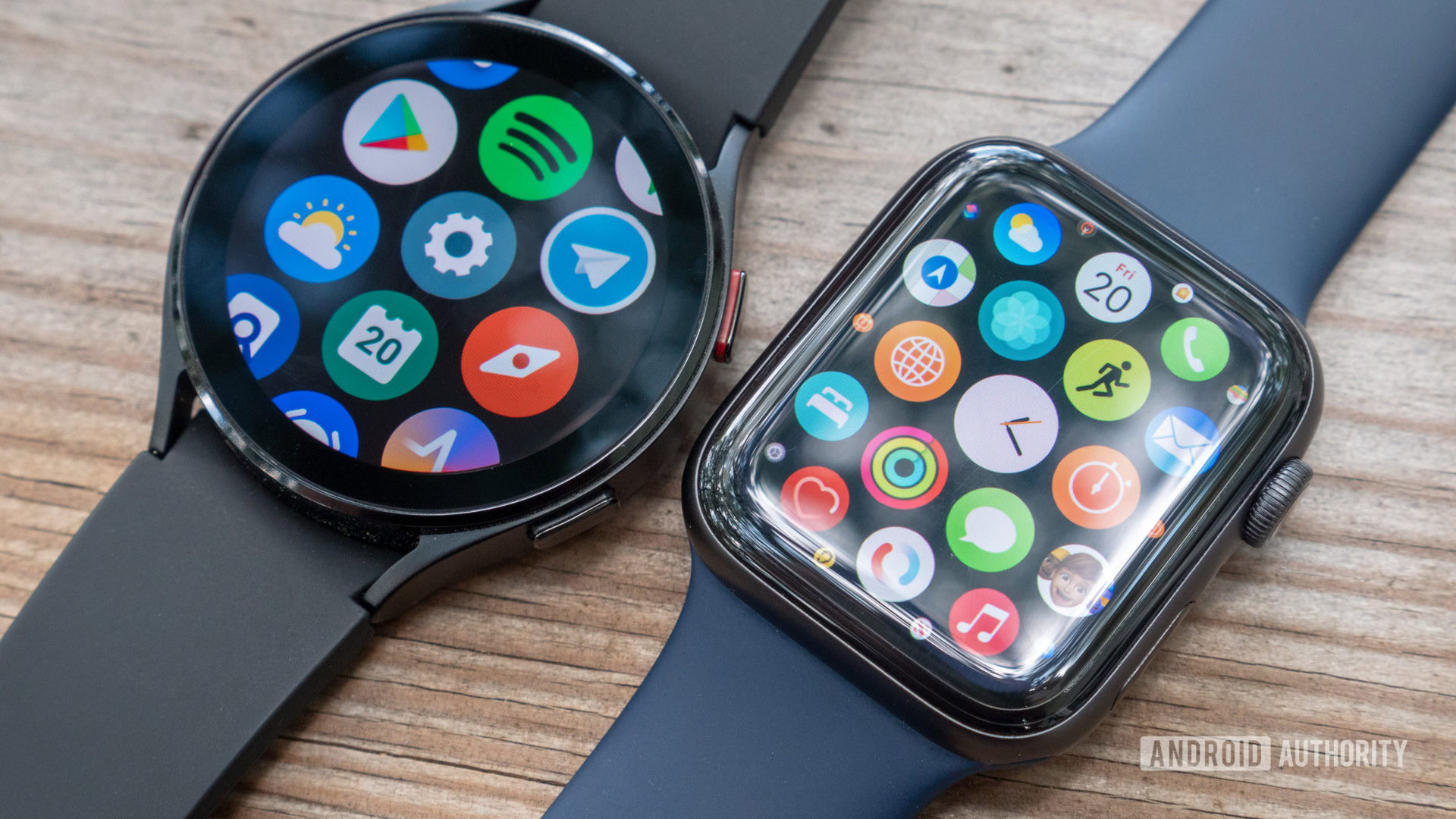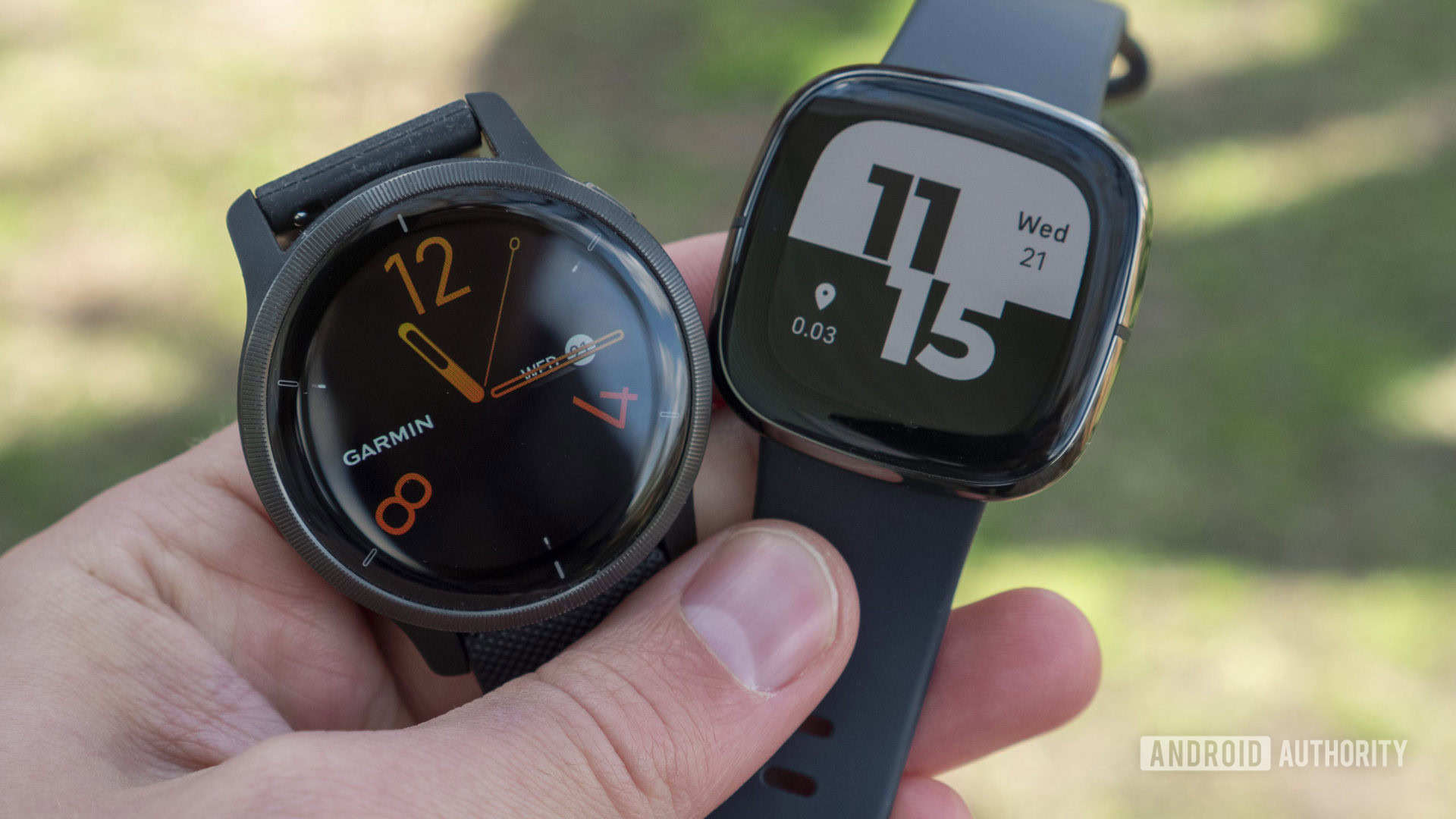Affiliate links on Android Authority may earn us a commission. Learn more.
It's high time smartwatch buyers demand a week of battery life
Published onOctober 17, 2021

On a long enough timeline, running dry on a smartwatch battery seems inevitable. I’ve personally had a watch fail to charge overnight simply because it slipped off the charger. Jetsetters know that on long trips, recharging isn’t always a possibility — whether because you’re busy, there’s no power nearby, or you don’t have the right accessories handy. Wherever you are, you can also simply forget to charge, which isn’t difficult with a device that’s effectively an extension of your arm.
These issues make the battery life of some watches problematic. Samsung claims that the Galaxy Watch 4 can last 40 hours, but real-world demands like GPS and activity tracking cut into that figure, meaning you’ll probably end up charging every day regardless. Apple Watches are even worse, rated at just 18 hours. Buyers may even have to charge twice a day if they engage in sleep tracking or long-distance running.
The more seamless and integral smartwatches become, the more battery life matters. Devices are, for example, trending towards a growing list of health sensors — but that could be counterproductive if it reduces the time you can keep a device on your wrist.
The seven-day goal

Why aim for a week-long battery? First, assuming light usage in most cases, a number of smartwatches have already hit that mark or surpassed it. The Fitbit Sense can theoretically last six days or more, and some standard Garmin devices will go up to two weeks. At the extreme, the Garmin Enduro and Coros Vertix 2 are both rated around two months or longer, the former being a nearly unkillable solar model. All of these figures involve ideal scenarios of course, but seven days should be an achievable minimum.
A week creates a standard with room to breathe.
From an owner’s perspective, a week creates a standard with room to breathe. It becomes possible to forget about charging for a day or two and have time left. It solves problems not just for travelers, but for hikers, who may be extremely dependent on GPS yet trying to avoid packing bulky batteries or solar panels. It feels absurd, really, that anyone should need a watch charger for a weekend getaway when “dumb” watches can run for months or years.
A week of casual wear also translates into a few days of more demanding use. My weightlifting sessions regularly top two hours — with some shorter-lived smartwatches, power evaporates in front of my eyes. If I strap on a Garmin though, I can complete a week with battery to spare. Even two or three days of non-stop use is preferable to having to charge every night.
What's your smartwatch preference — shorter battery life and better software, or longer battery life and simpler software?
Why don’t smartwatches have longer battery life?

Several obstacles have conspired to make smartwatch battery life difficult, chief among them ergonomics. On a technical level, there’s nothing whatsoever stopping companies from slapping gigantic batteries on your wrist. But such devices could quickly become too heavy or uncomfortable for all-day wear, much less tossing and turning in bed, or lifting dumbbells at the gym. Wearable engineers are constantly striving to balance smartwatch battery life against other concerns.
One of those is software support. The very thing that makes smartwatches sexy is what they’re capable of — switching from Spotify to a navigation or smart home app within a matter of seconds, for example. That demands a power-hungry processor, not to mention a quality display and a slick interface. The Apple Watch has terrible battery life precisely because it’s a polished jack-of-all-trades, whereas vendors like Coros and Garmin make fitness-oriented devices that can afford to sacrifice features like display resolution and robust on-device software.
Wearable engineers are constantly striving to balance smartwatch battery life against other concerns.
The dilemma is such that companies have come up with clever tricks to reduce power consumption. Mobvoi, for instance, added a secondary low-power display to its TicWatch Pro line, while Fossil chose to introduce custom battery modes to Wear OS, optionally disabling some sensors. Newer devices with an “always-on” screen are typically scaling back brightness and refresh rates whenever you lower your wrist.
Less practical interests are at play as well, specifically aesthetics and profit margins. Companies like Fitbit could enlarge their batteries if their devices were as big as Garmin’s, but they opt for smaller form factors instead — and sometimes, it’s explicitly to look as sleek as possible. We know this because they regularly market tinier watches and trackers towards women, complete with stereotypically “feminine” bands and colors. Fashion often trumps utility, so even Garmin sells products like the Lily.
Related: The best fitness trackers
Margin pressure comes from part costs. It’s not just a question of the batteries themselves — since improving longevity sometimes means upgrading chips, displays, circuitry, and/or casing, the bills can add up. These expenses, then, have to be absorbed or passed along to the consumer, and neither scenario is appealing from a corporate perspective. As it is, high-end smartwatches can be pricey accessories for even pricier smartphones.
What are the odds of more watches hitting the one-week mark?

On a broad basis, they’re pretty good. With a number of devices already beyond that point, it should only be a matter of time before the necessary tech spreads and the standard becomes commonplace.
In the short term, though, that will mostly be among fitness-oriented or less feature-rich models. For flagship, do-it-all watches like those from Fossil, or the Apple Watch, we could end up waiting years. Makers are still racing to outdo each other with added features and performance, and by now it’s a precedent that, in exchange, customers are willing to charge daily.
What's your smartwatch preference — shorter battery life and better software, or longer battery life and simpler software?
There is some reason to cross our fingers. Though the Galaxy Watch 4 never lived up to rumors of a week-long battery, Samsung does seem invested in pushing smartwatch battery life further. That could put pressure on rivals, especially since the appeal of better batteries is obvious. If so, wearable makers will probably seize on any opportunities to deliver a breakthrough, though even then they’ll have to decide what design and financial costs they’re willing to pay.
It’s also up to us as shoppers. Some people may be stuck with a particular watch for ecosystem reasons, but there is flexibility, and those of us who can should vote with our money. It’s time for smartwatches to be as convenient as their predecessors.